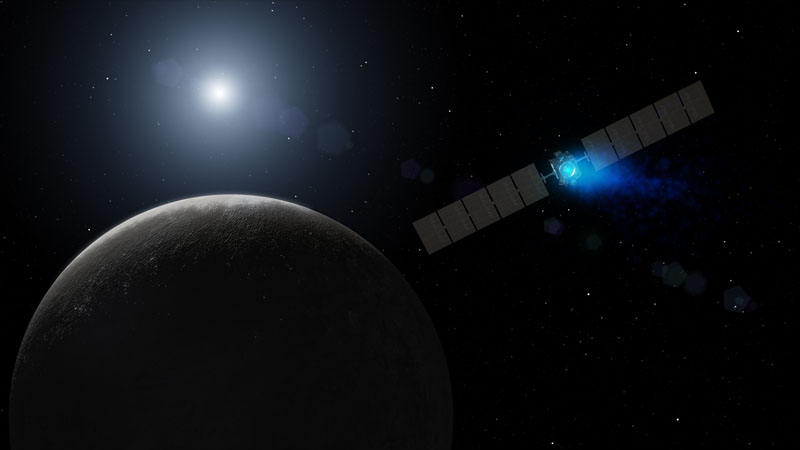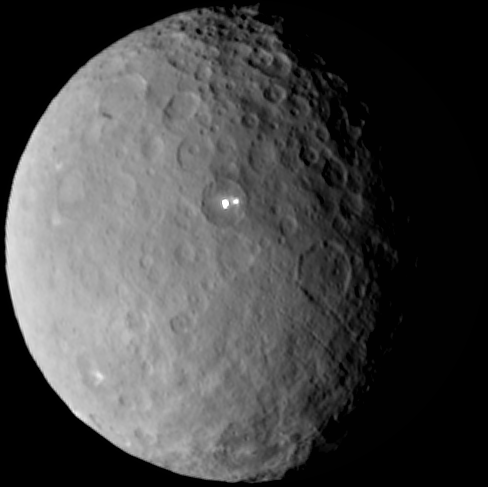
Early this morning, at about 4:39 AM Pacific Time, NASA’s Dawn spacecraft arrived at Ceres, making history as it swung into orbit around the dwarf planet. Dawn left Earth eight years ago, headed for the Asteroid Belt, located between Mars and Jupiter. The spacecraft spent a year photographing the asteroid Vesta, and then two-and-a-half years on the journey to its final port-of-call.
Over the last several months, scientists and the public have been growing steadily more excited as Dawn sent back photos of an ever-closer Ceres. For the average space enthusiast, Dawn’s arrival feels like the discovery of a new world.
We’ve known Ceres existed since 1801, when it was discovered by Giuseppe Piazzi. But for scientists, this encounter means far more than seeing a mysterious object up close for the first time.
Indeed, the Dawn mission is not merely a geology field trip. It is the closest thing we have to a time machine. Dawn’s exploration of Vesta and Ceres is like an archaeological dig or forensic investigation: the unearthing and reading of extant physical evidence to reconstruct what happened in our solar system’s infancy, when the planets were being formed in an environment radically different from what we know today.
“Ceres has the potential to turn some of our old ideas about how planets formed completely upside down,” says Dr. Britney Schmidt, Assistant Professor at Georgia Institute of Technology’s School of Earth and Atmospheric Sciences. “If Ceres turns out to be icy in its interior, this would not only tell us that there were potentially lots of icy asteroids, but also that some of the ‘classical’ assumptions about the timing of planetary formation could be wrong.”
